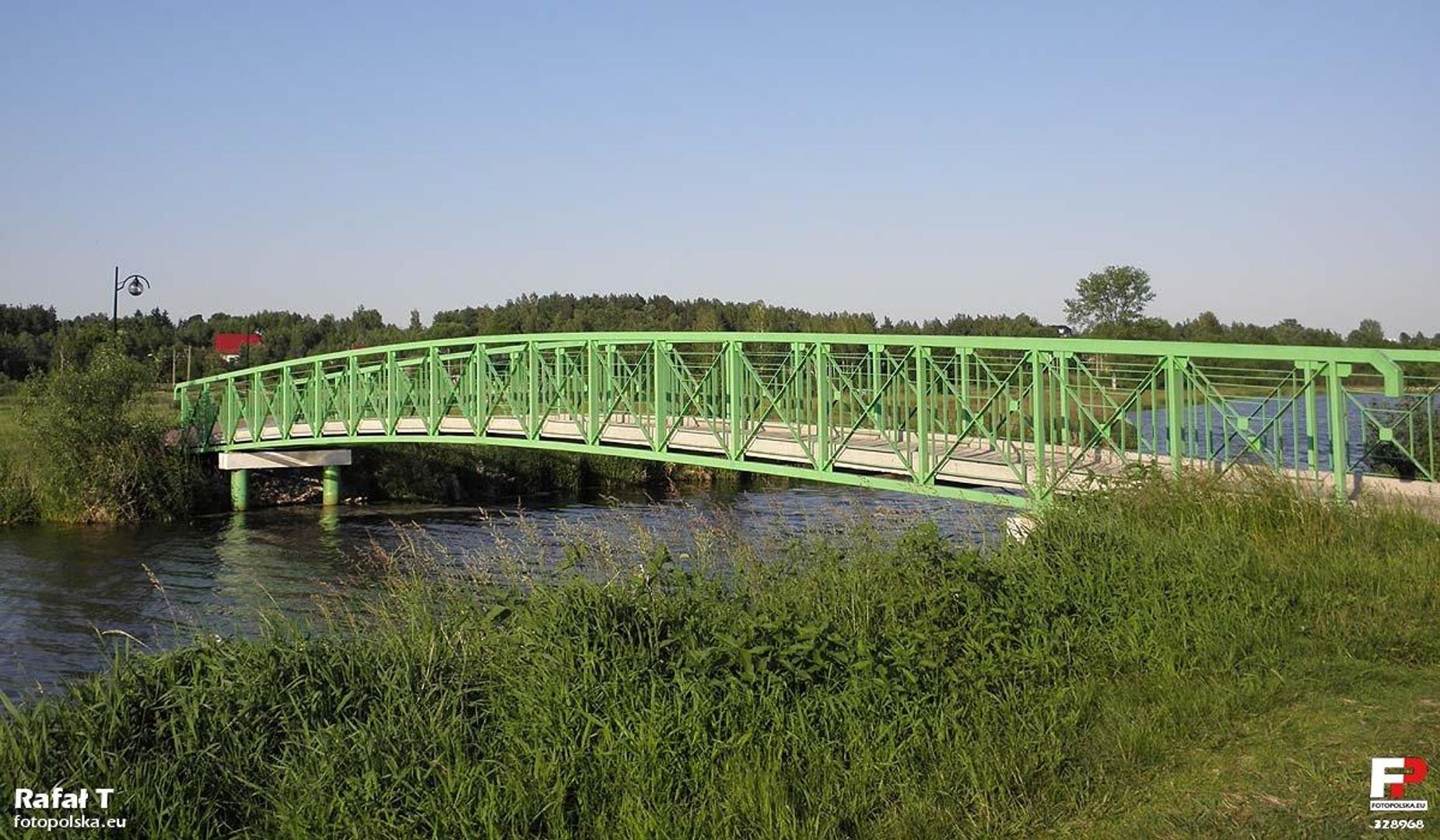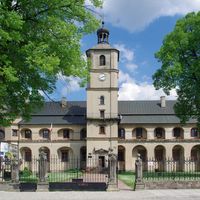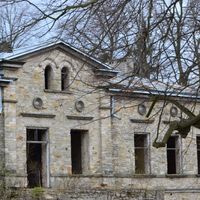Wąchock
7.04

Overview
Wąchock is a town located in the Świętokrzyskie Voivodeship, within the Starachowice County, serving as the seat of the Wąchock municipality. Its origins date back to the 12th century when Kraków Bishop Gedko founded a Cistercian monastery, marking the beginning of its religious and cultural significance. The town was home to a wealthy abbey, which gained full autonomy in the 13th century. Wąchock is renowned for its 13th-century church and monastery complex, an example of Romanesque architecture. The Church of the Assumption of the Blessed Virgin Mary and St. Florian, built from local sandstone, is one of the oldest signed buildings in Poland. Inside the monastery, visitors can admire valuable Romanesque interiors, such as the chapter house, and the Museum of the Cistercian Fathers. Despite its historical ties to the Cistercians, Wąchock did not gain significant administrative importance, remaining largely under the influence of the Kraków bishops and the Benedictines from Święty Krzyż. The town received its city rights in 1454, and accompanying trade privileges stimulated the local economy. During World War II, the town experienced destruction and repression, but after the war, it gained new privileges. In 1994, Wąchock regained its town rights. An interesting aspect of the town's culture is the jokes about Wąchock, which have become part of its social life, and the town hosts an annual Mayors' Gathering. Wąchock is also home to the Wąchock Reservoir, which attracts tourists. Architecturally, the town impresses with its historic buildings and traces of ancient architecture, such as the church and monastery. Wąchock combines history, traditions, and dynamic cultural development, making it an interesting destination on the map of Poland. The town is also known for annual music festivals, such as "Music in the Abbey: Bach with the Cistercians," held in the monastery, attracting artists and music lovers. In terms of tourism, it is worth highlighting recreational opportunities in the beautiful surroundings of geological excavations and the loess ravine of Rocław.
Location
You can also find here:
2025 Wizytor | All Rights Reserved

